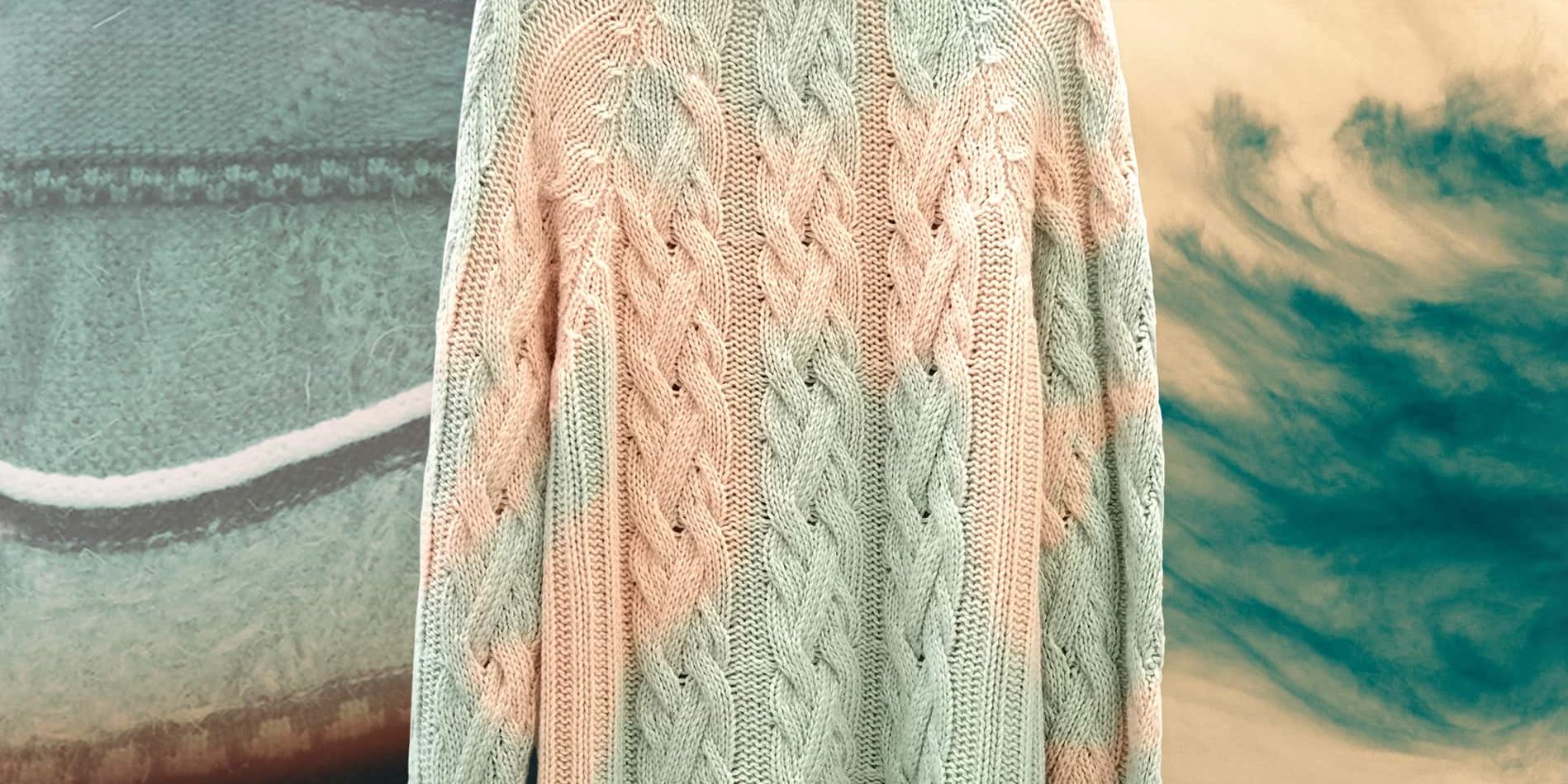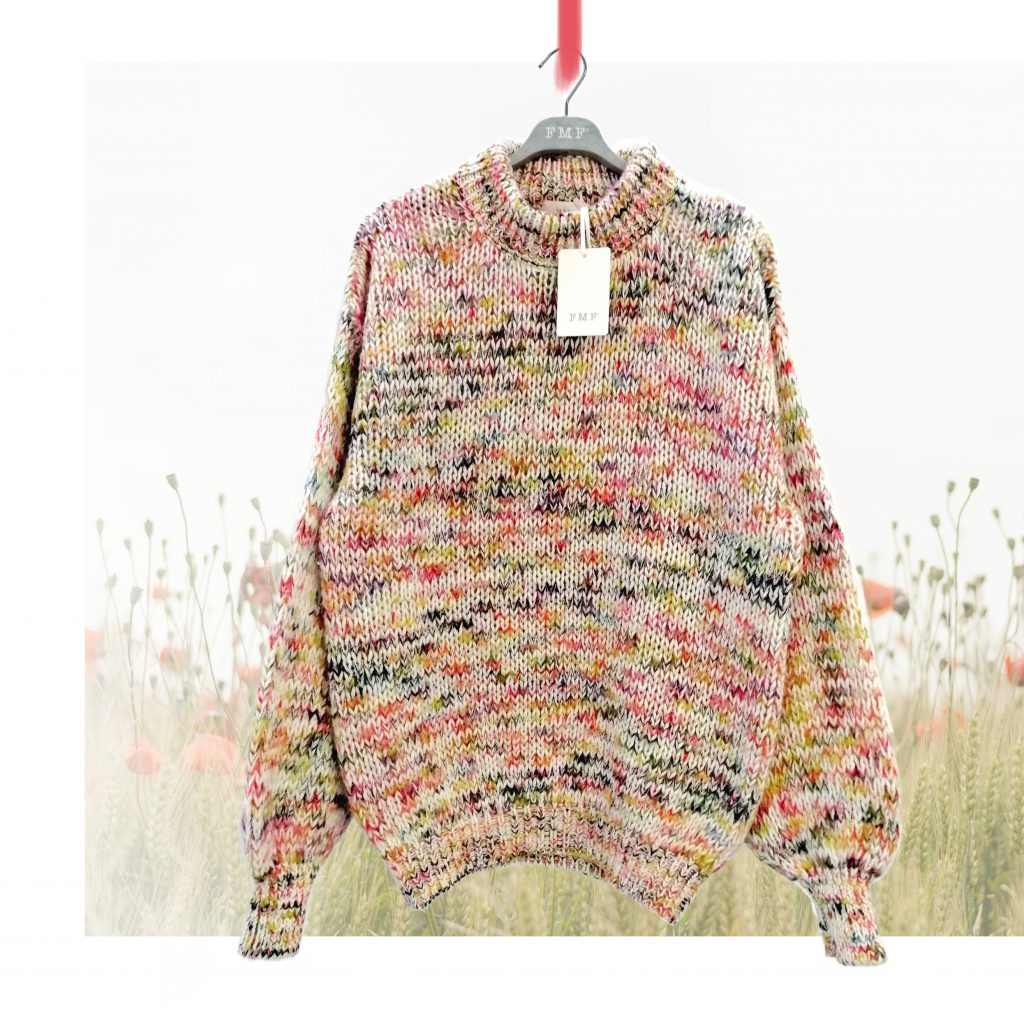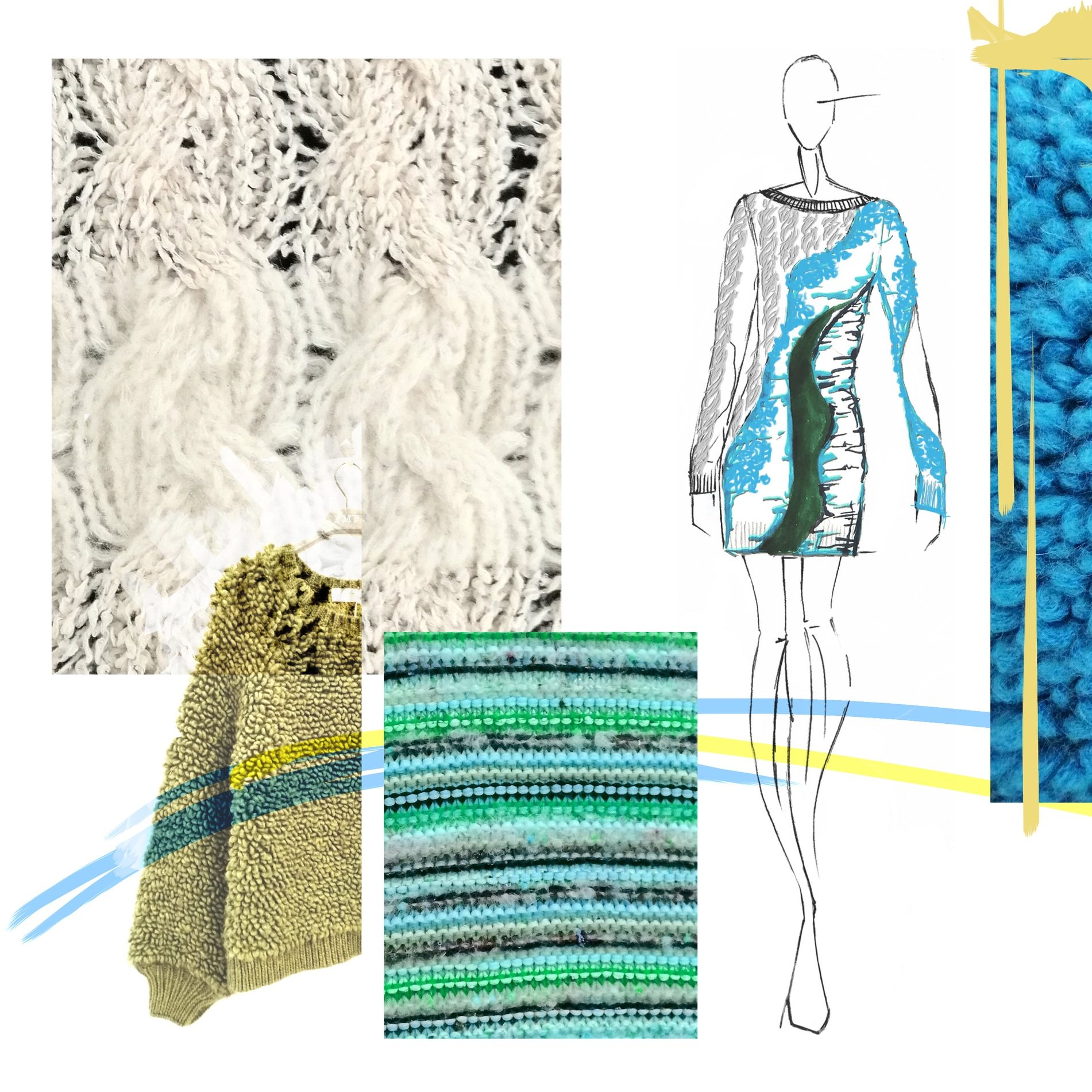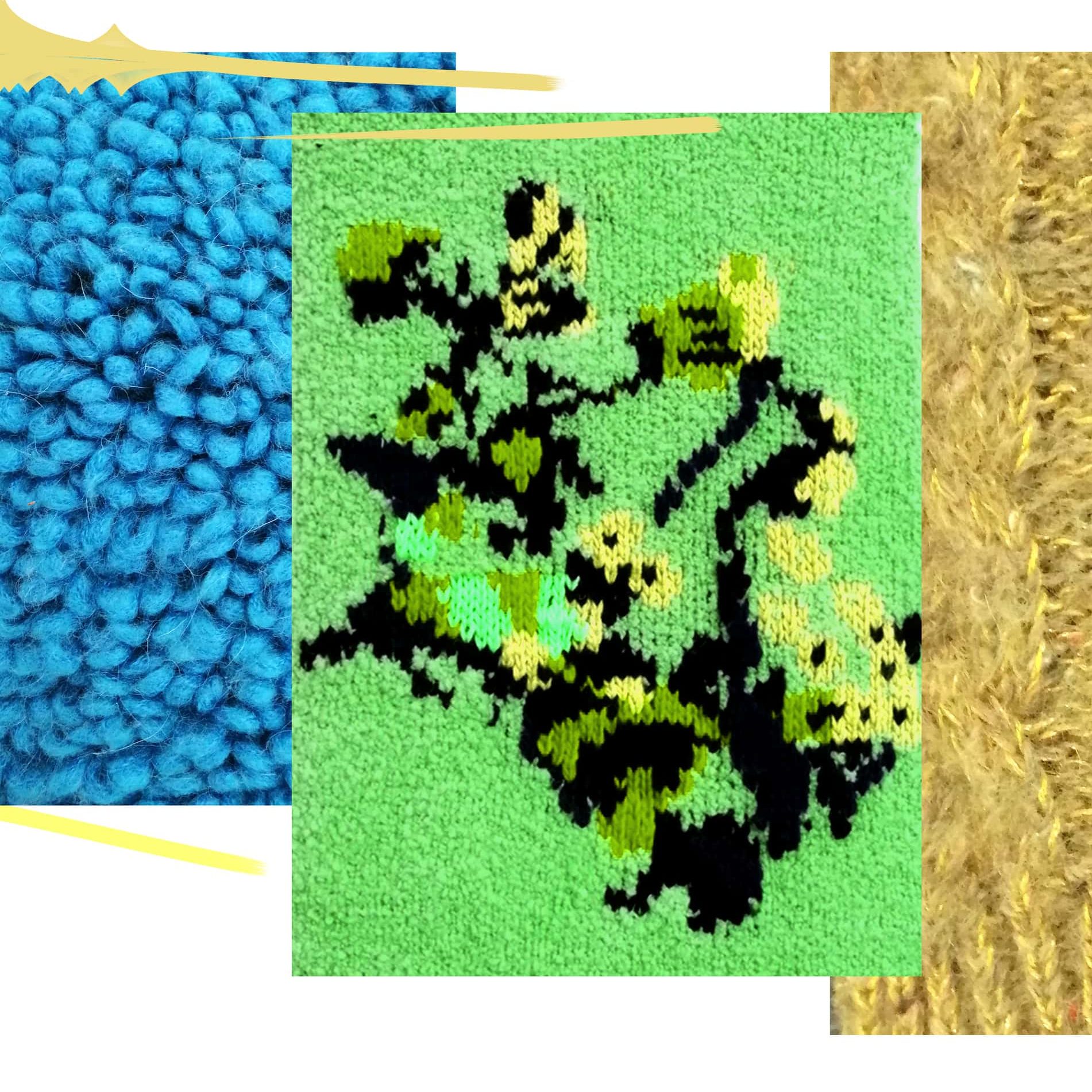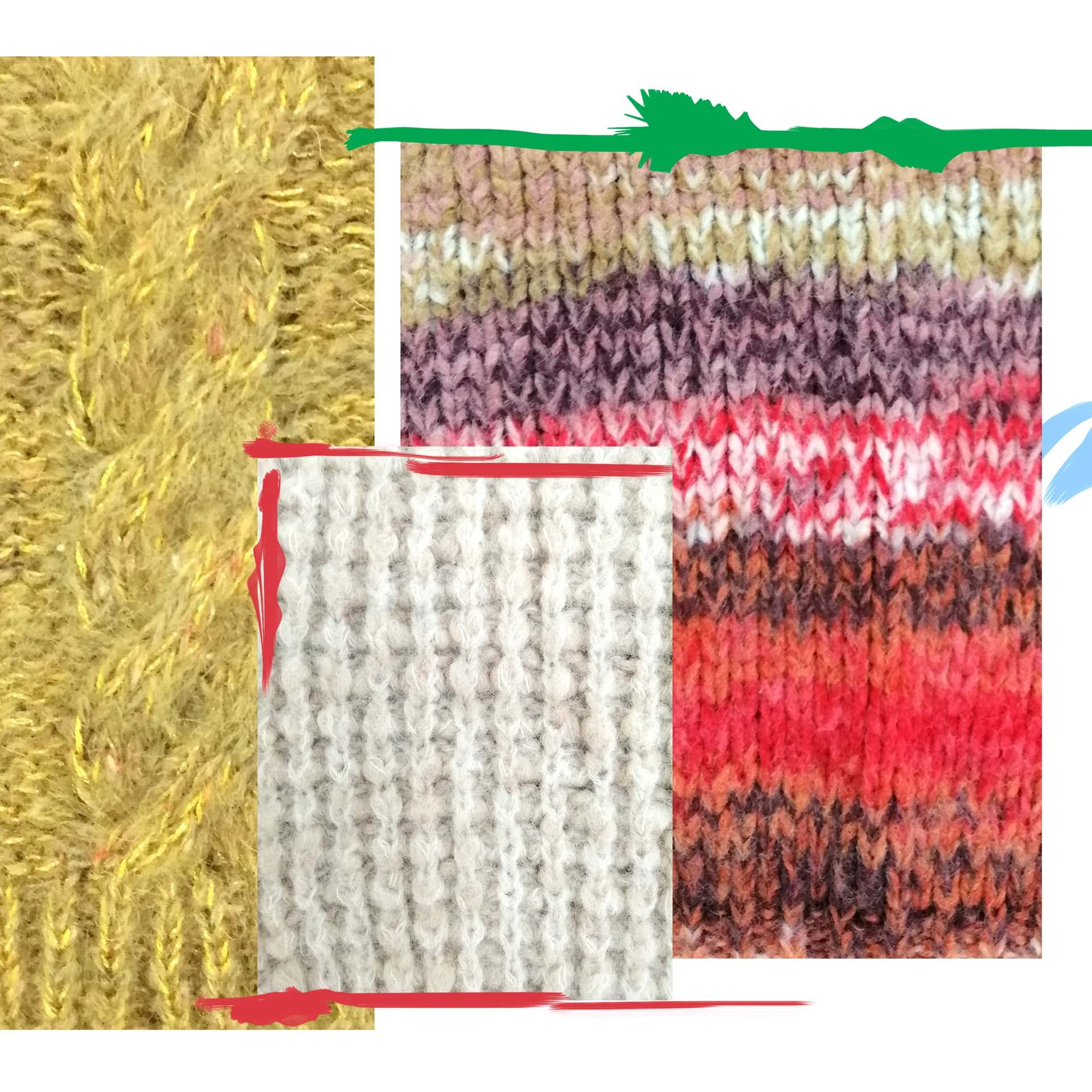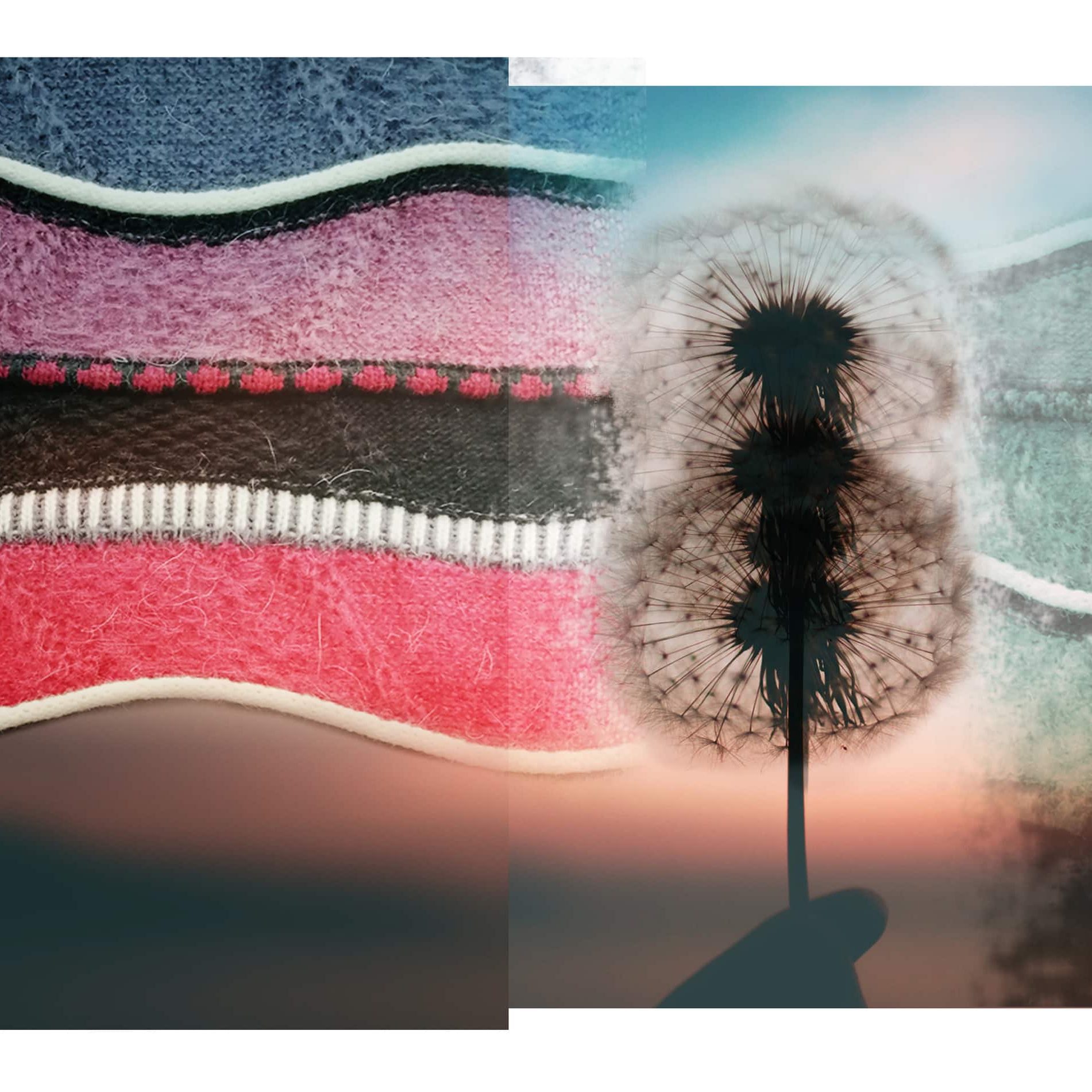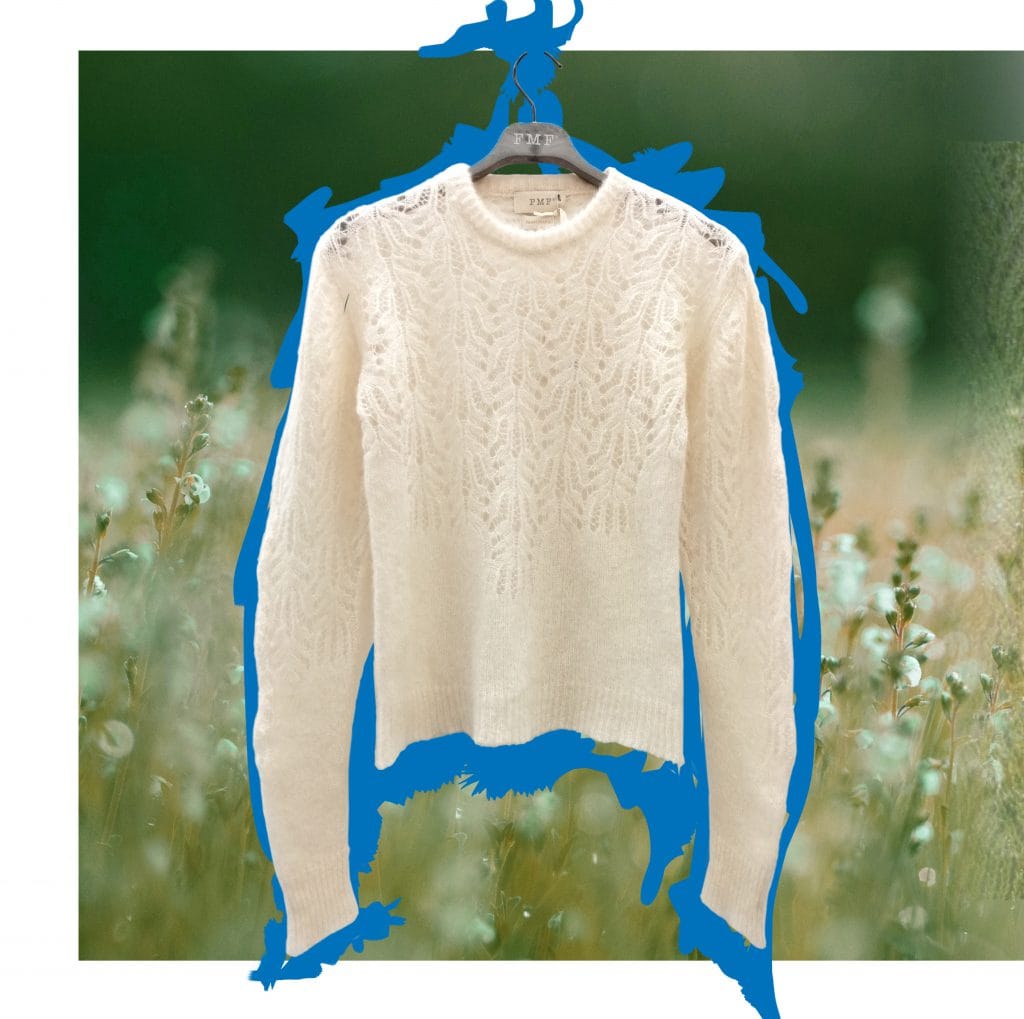Alternatively, the designer can be provided with a precise starting point. The best example is the choice of yarns as the first step, to be done personally by the designer or that has already been assigned to him. The photo of a “knitwear” detail to reproduce or from which to take inspiration (for example a knit stitch or a multi-colored design reproducible with knitting machines) together with an idea of precise fit and style.
In these cases it is clear that the process is more guided, but not necessarily less creative. It is a process aimed at creating something that is a synthesis of several elements entrusted to the designer’s creativity, but also that more precisely meets the taste and style of the client if there is one, or the precise objectives that the designer had set himself. at the beginning of the process in a schematic and precise way.
Ultimately we can say that although the first creative path appears more irrational and the second more defined and analytical, the path that develops is similar and the main difference is not knowing exactly where the final result of the first path will arrive, and having a great lines already defined an idea of where the second will arrive.
The client mentioned above can be either the head designer of the style office or brand you work for, there can be more people who have a say in the garments to be created, such as commercial agents of companies that interface with the needs of the market or, in the case of subcontractors, the style offices of the brand itself which established the stages and inputs of the creative process.
This last example is our case, as a B2B company we often work in a part of the creative process that resembles the second one illustrated above.
However, this allows us to range a lot in the search for always new solutions in terms of searching for yarns and shapes and adapt to multiple situations, keeping the creative instinct trained and bending it in the resolution of problems until it is completely free in moments of need and pure experimentation. which can always lead to new future creative processes that can be developed in multiple directions.

